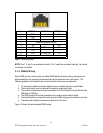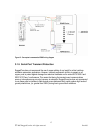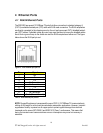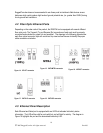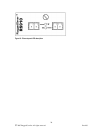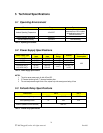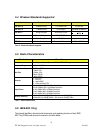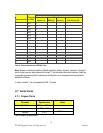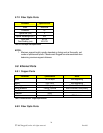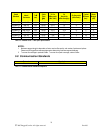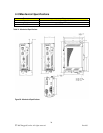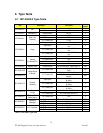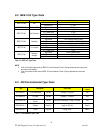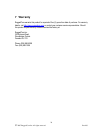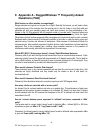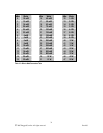
30
2007 RuggedCom Inc. All rights reserved Rev100
8 Appendix A - RuggedWireless ™ Frequently Asked
Questions (FAQ)
What factors can affect wireless coverage/range?
Range estimates are typical and require line of sight. Basically that means you will need a clear
unobstructed view of the antenna from the remote point in the link. Keep in mind that walls and
obstacles will limit your operating range and could even prevent you from establishing a link.
Signals in the 2.4 Ghz generally will not penetrate metal or concrete walls. Trees and leaves are
also obstructions to 802.11 frequencies so they can partially (or even entirely) block the signal.
Other factors that will reduce range and affect coverage area include metal studs in walls, concrete
fiberboard walls, aluminum siding, foil-backed insulation in the walls or under the siding, pipes and
electrical wiring, furniture and sources of interference. Other sources of interference include the
microwave oven, other wireless equipment, cordless phones, radio transmitters and other electrical
equipment. Due to the increased gain, installing range extender antennas in the presence of
interference could actually yield either no improvement or worse range.
Which WiFi (802.11) Antenna type should I choose? Patch/Directional Antennas
Choose a patch if you want the signal more focused than from an omni-directional antenna . Patch
antennas typically transmit the signal with approximately a 30 degree beam width. This is ideal for
use in office locations, ie placed at one end of room to provide coverage for it's entire length. They
can also be used outdoors to provide short distance point to point links.
When would I choose a Parabolic Grid Antenna?
These antennas have a very narrow beamwidth and are ideal for point-to-point bridge links. Grid
antennas are highly directional and they should only be chosen to aim at one small (i.e.
concentrated) spot.
When would I choose an Omni-Directional Antenna?
Choose an Omni-directional antenna to provide a signal over a full 360 degree radius.
How many clients can associate with an access point?
An Access Point is a shared medium and acts as a wireless hub. The performance of each user
decreases as the number of users increases on an individual AP. Ideally, not more than 24 clients
should associate with the AP because the throughput of the AP is reduced with each client that
associates to the AP.
How do I convert between power expressed in ‘milliwatt’ and power expressed in ‘dBm’
units?
The formula used to convert stated ‘power’ levels to decibels (dBm – milliwatt @ 50 or 600 ohm
impedance) is given as: dBm = 10 * Log (Power in mW / 1 mW)
Conversely, the formula used to convert stated ‘power’ levels to milliwatts when expressed in dBm
is given as: Power (mW) = anti-log (dBm / 10)



